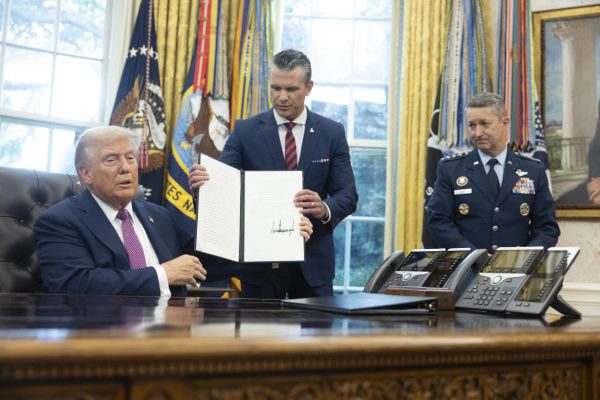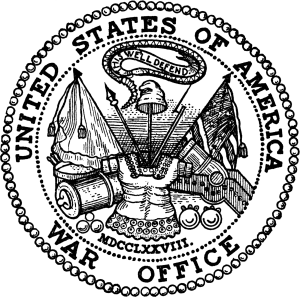
On August 7, 1789, the Department of War was established during the Washington presidency to oversee the productivity and maintenance of the Army, Navy, and Marine Corps. It was revised periodically throughout the 1700s into the late 1940s. Various wars occurred throughout the department’s timeline, including the War of 1812, the Mexican-American War, the Civil War, and the Cold War. During the Cold War, President Harry Truman signed the National Security Act, which, as a result, established the Secretary of Defense as well as multiple other security protections. The first Secretary of Defence, James V. Forrestal, was appointed to direct the National Military Establishment. Soon enough, the creation of the U.S. The Air Force followed with the Department of Defense. This department continued through the Korean War, Vietnam War, and the end of the Cold War.
In the current month of September alone, the Trump Administration has implemented a multitude of changes that have had a significant impact on U.S. society, international relationships, and the foundations of the U.S. government. This has included Executive Order 14346,
There have been various changes by the Trump Administration, although the most eye-catching has to be the “Restoration of the Department of War.”
This change will ensure peace and demonstrate the strength of the United States through its ability to fight and win wars on behalf of our Nation at a moment’s notice, not just to defend.” They began their reasoning for changing the Department of Defence to the Department of War by using historical context from the very beginning of this nation’s fight for its freedom, with George Washington’s establishment of the original Department of War. This “restoration” not only changed the department’s name and  title of its secretary, but most importantly, altered the direction and intentions of how the United States would work during President Donald Trump’s term. The title change was continued with the fact that it was not a sudden change, but rather an authorized use of the department’s secondary title, where, within the first thirty and sixty days of the order, there had to be a submission to the President through the Assistant to the President for National Security Affairs. Ultimately, it was stated that the change would not bring about any benefits, although time will tell if that statement proves to be true.
title of its secretary, but most importantly, altered the direction and intentions of how the United States would work during President Donald Trump’s term. The title change was continued with the fact that it was not a sudden change, but rather an authorized use of the department’s secondary title, where, within the first thirty and sixty days of the order, there had to be a submission to the President through the Assistant to the President for National Security Affairs. Ultimately, it was stated that the change would not bring about any benefits, although time will tell if that statement proves to be true.
The Name change not only sets a stronger tone for the United States, but it also “emphasizes only defensive capabilities” for the future of the country, according to the U.S. Department of War’s official webpage. There is a hope that it will help to focus on national interests as well as America’s ability to be ready in the event of being pulled into war or starting it.
Quoted from the President himself, “under the original War Department, the U.S. achieved military victories in both world wars; however, victories turned into more prolonged conflicts that often resulted in a ‘sort of tie’ once the War Department rebranded as the Defense Department.” Assuming that if war ever breaks out, the Department of War will bring victory just as it has in the past for the various other wars the U.S. has been a part of.








